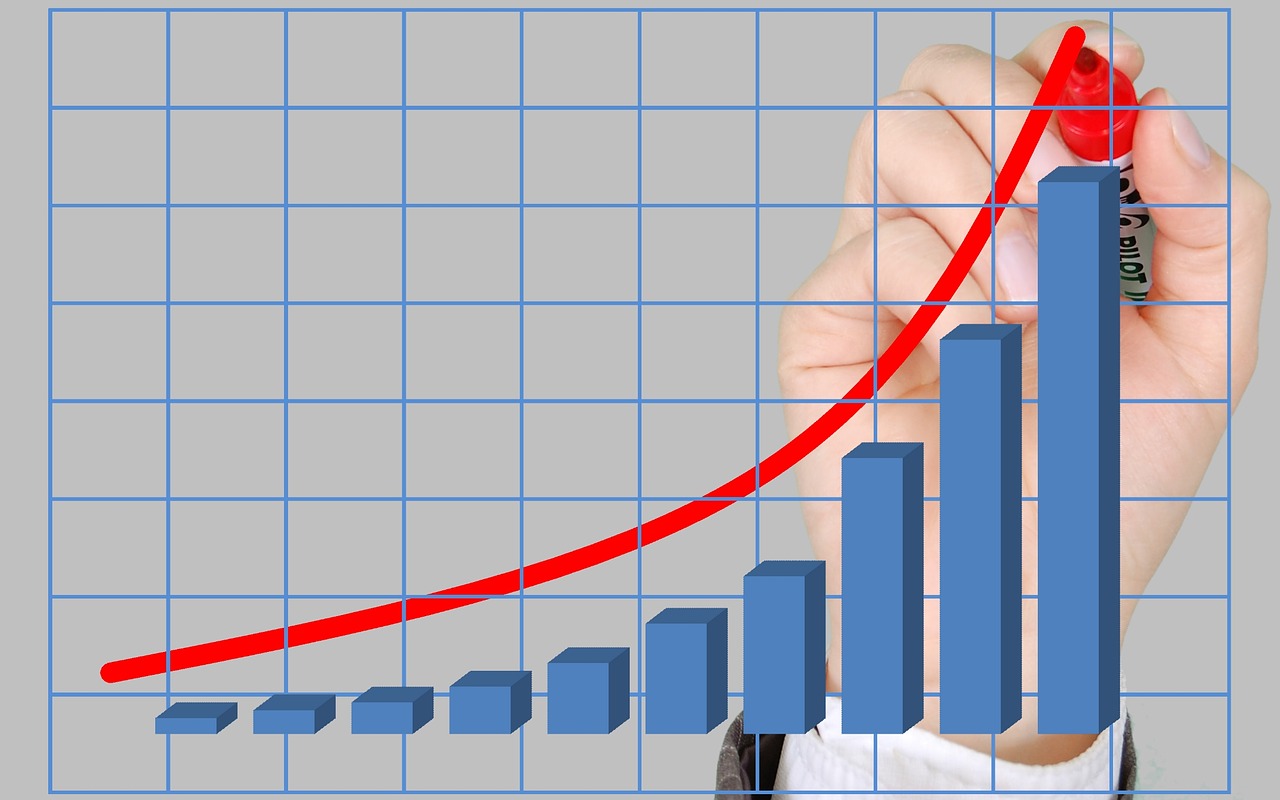What are High Yield Bonds?
The bond market is a great place for investors who want to invest in debt. They’re a great complement to stocks and other assets when it comes to diversification. However, not all types of bonds are safe investments. In this article, we’ll talk about high yield bonds, how they work, and their benefits and risks. Read on!
How High Yield Bonds Work
High yield bonds are also called junk bonds; these are bonds that pay high interest rates in exchange of greater risks. They often have lower credit ratings than investment-grade bonds, so they attract investors through their high yield.
Technically, they’re the same as regular bonds since they’re essentially a debt issued by a company. You get paid with interest along with the principal at maturity. They’re further divided into two categories:
- Fallen Angels: these are high yield bonds that were once investment-grade but turned into junk bonds because of the issuing company’s poor credit quality.
- Rising Stars: these are essentially high yield bonds that are transforming into investment grade bonds because of their rising credit quality.
High yield bonds are risky investments; investors face risks like default and loss of capital, such as in the case of GWG L Bonds. Nonetheless, they also have some benefits.
Benefits of High Yield Bonds
When you invest in high yield bonds, you gain the following advantages:
- Higher Yields: as the name suggests, these debt securities offer higher yields than other types of bonds. As long as the bond issuer doesn’t default, you can expect 150 to 300 basis points in additional yield.
- Higher Returns: high yield bonds continue to appeal to investors because of their higher returns than investment-grade bonds.
- Takes Precedence during Liquidation: if the company defaults, bondholders — including high yield bondholders — take precedence over stockholders during liquidation. That means you get paid first before stockholders, which means you can still recover some of your investment capital in the event of default.
Risks of High Yield Bonds
The following are the risks you should consider before investing in high yield bonds:
- Default Risks: obviously, the worst-case scenario is that the company defaults and you won’t recover your money. This is the biggest risk in investing in such bonds, although you can always diversify.
- Volatility: volatility refers to the frequency of the ups and downs in an asset’s price movement. High yield bonds are known to be volatile assets; they’re more volatile than investment grade bonds, and they’re as volatile as stocks.
- Liquidity: because of their reputation, high yield bonds are much more difficult to sell or liquidate. Many investors are reluctant to buy them.
- Value Depreciates with Credit Rating: if the issuing company’s credit rating further declines, the value of the high yield bond also plummets.
How to Invest in High Yield Bonds
If you see the potential in high yield bonds and still want to invest, then the following are the best way to keep your capital safe while trying to achieve greater yields:
- Buying Individual Bonds: you can invest in high yield bonds by buying them directly from banks or the issuing company. However, because buying high yield bonds from companies with poor credit ratings, do this with careful analysis. Moreover, since you’re buying individual bonds, your money is tied to a single company — take time to research the company’s background. Read its prospectus with the SEC to better understand its financial health.
- High Yield Bond Funds: investing in highly bond mutual funds or exchange-traded funds is a good way to minimize your risk by spreading it out across various bonds. Mutual funds and ETFs offer diversification by purchasing a wide range of assets, making them a much safe alternative to buying individual bonds.

